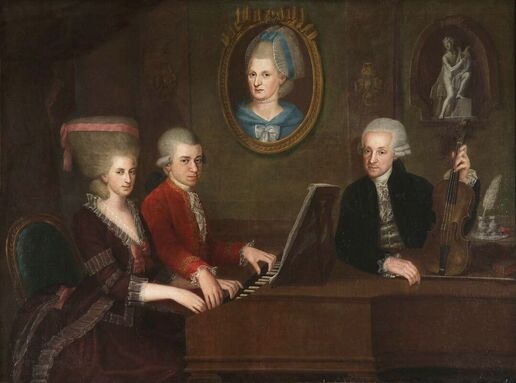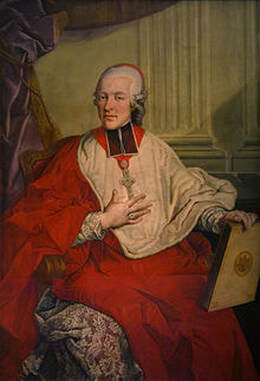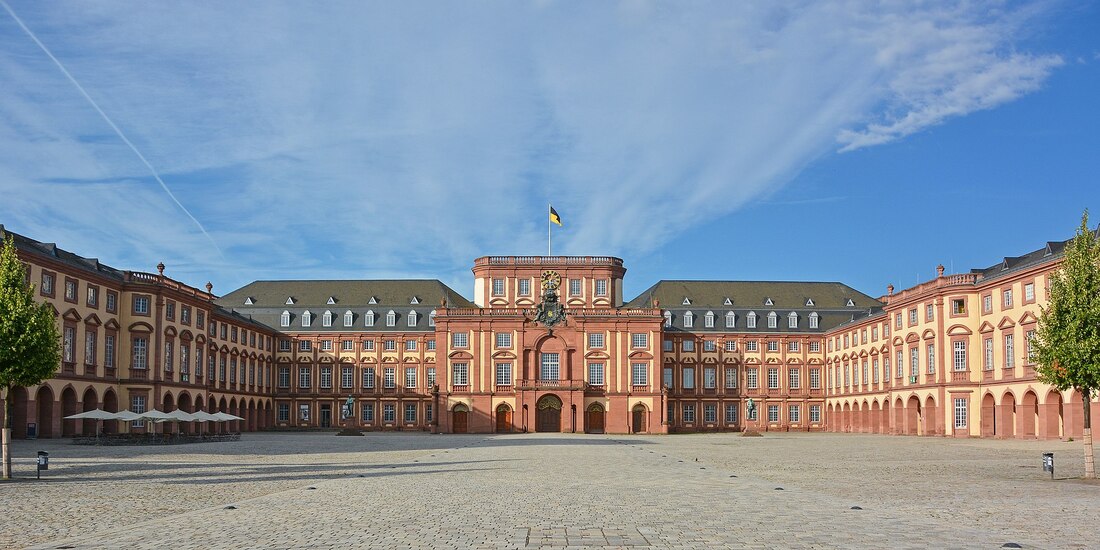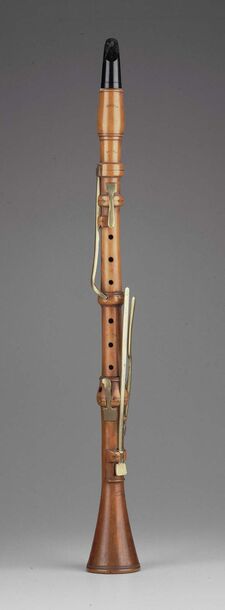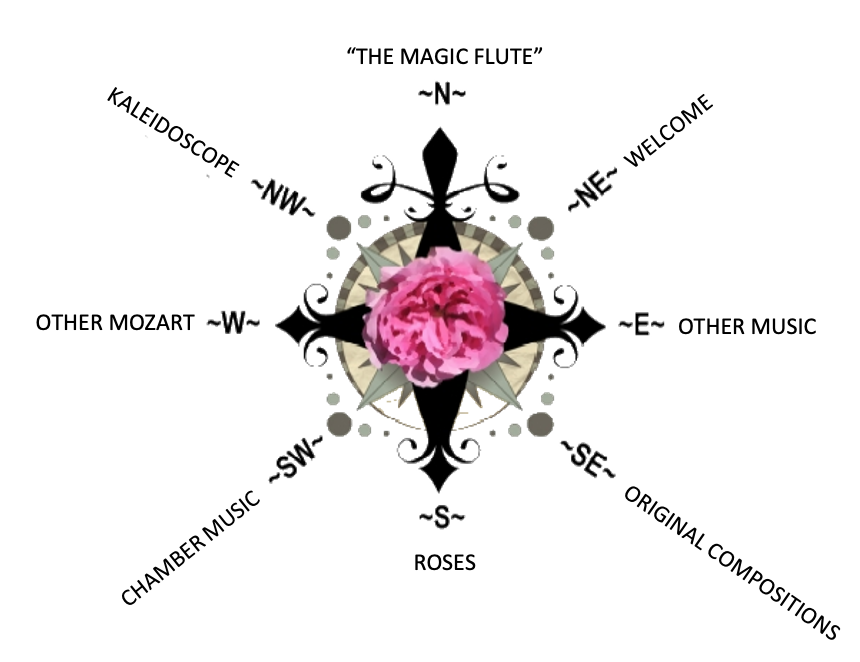- Home
- N - The Magic Flute
- NE - Welcome!
-
E - Other Music
- E - Music Genres >
- E - Composers >
-
E - Extended Discussions
>
- Allegri: Miserere
- Bach: Cantata 4
- Bach: Cantata 8
- Bach: Chaconne in D minor
- Bach: Concerto for Violin and Oboe
- Bach: Motet 6
- Bach: Passion According to St. John
- Bach: Prelude and Fugue in B-minor
- Bartok: String Quartets
- Brahms: A German Requiem
- David: The Desert
- Durufle: Requiem
- Faure: Cantique de Jean Racine
- Faure: Requiem
- Handel: Christmas Portion of Messiah
- Haydn: Farewell Symphony
- Liszt: Évocation à la Chapelle Sistine"
- Poulenc: Gloria
- Poulenc: Quatre Motets
- Villa-Lobos: Bachianas Brazilieras
- Weill
-
E - Grace Woods
>
- Grace Woods: 4-29-24
- Grace Woods: 2-19-24
- Grace Woods: 1-29-24
- Grace Woods: 1-8-24
- Grace Woods: 12-3-23
- Grace Woods: 11-20-23
- Grace Woods: 10-30-23
- Grace Woods: 10-9-23
- Grace Woods: 9-11-23
- Grace Woods: 8-28-23
- Grace Woods: 7-31-23
- Grace Woods: 6-5-23
- Grace Woods: 5-8-23
- Grace Woods: 4-17-23
- Grace Woods: 3-27-23
- Grace Woods: 1-16-23
- Grace Woods: 12-12-22
- Grace Woods: 11-21-2022
- Grace Woods: 10-31-2022
- Grace Woods: 10-2022
- Grace Woods: 8-29-22
- Grace Woods: 8-8-22
- Grace Woods: 9-6 & 9-9-21
- Grace Woods: 5-2022
- Grace Woods: 12-21
- Grace Woods: 6-2021
- Grace Woods: 5-2021
- E - Trinity Cathedral >
- SE - Original Compositions
- S - Roses
-
SW - Chamber Music
- 12/93 The Shostakovich Trio
- 10/93 London Baroque
- 3/93 Australian Chamber Orchestra
- 2/93 Arcadian Academy
- 1/93 Ilya Itin
- 10/92 The Cleveland Octet
- 4/92 Shura Cherkassky
- 3/92 The Castle Trio
- 2/92 Paris Winds
- 11/91 Trio Fontenay
- 2/91 Baird & DeSilva
- 4/90 The American Chamber Players
- 2/90 I Solisti Italiana
- 1/90 The Berlin Octet
- 3/89 Schotten-Collier Duo
- 1/89 The Colorado Quartet
- 10/88 Talich String Quartet
- 9/88 Oberlin Baroque Ensemble
- 5/88 The Images Trio
- 4/88 Gustav Leonhardt
- 2/88 Benedetto Lupo
- 9/87 The Mozartean Players
- 11/86 Philomel
- 4/86 The Berlin Piano Trio
- 2/86 Ivan Moravec
- 4/85 Zuzana Ruzickova
-
W - Other Mozart
- Mozart: 1777-1785
- Mozart: 235th Commemoration
- Mozart: Ave Verum Corpus
- Mozart: Church Sonatas
- Mozart: Clarinet Concerto
- Mozart: Don Giovanni
- Mozart: Exsultate, jubilate
- Mozart: Magnificat from Vesperae de Dominica
- Mozart: Mass in C, K.317 "Coronation"
- Mozart: Masonic Funeral Music,
- Mozart: Requiem
- Mozart: Requiem and Freemasonry
- Mozart: Sampling of Solo and Chamber Works from Youth to Full Maturity
- Mozart: Sinfonia Concertante in E-flat
- Mozart: String Quartet No. 19 in C major
- Mozart: Two Works of Mozart: Mass in C and Sinfonia Concertante
- NW - Kaleidoscope
- Contact
MOZART'S MAGNIFICAT FROM VESPERAE DE DOMINICA, K. 321
INTRODUCTION
In mid-January, 1779, Wolfgang Amadeus Mozart (1756-1791) reunited with his father and sister in Salzburg after a separation of a year and three months. The reunion was flawed, however. First, Wolfgang’s mother, who had made the long journey with him, died the previous summer in Paris, and her absence was a bitter pill for the family to swallow. But also, Wolfgang was returning to take a job he detested in a musical environment that had in every way been superseded in other cities he had visited. Now, as of February 25, he was to be the Court Organist to Archbishop Hieronimous Colloredo and also compose new works for services at the cathedral. And herein lay a good part of the problem: Colloredo, in an effort toward “enlightened” practice, insisted that church music be straight-forward and without musical elaboration that would obscure the text, and that Masses be completed within 45 minutes. Very limited, then, were opportunities for Mozart to try his hand at exploring in works for the church all the new sonic and expressive devices to which he had been exposed, in Mannheim, particularly.
In mid-January, 1779, Wolfgang Amadeus Mozart (1756-1791) reunited with his father and sister in Salzburg after a separation of a year and three months. The reunion was flawed, however. First, Wolfgang’s mother, who had made the long journey with him, died the previous summer in Paris, and her absence was a bitter pill for the family to swallow. But also, Wolfgang was returning to take a job he detested in a musical environment that had in every way been superseded in other cities he had visited. Now, as of February 25, he was to be the Court Organist to Archbishop Hieronimous Colloredo and also compose new works for services at the cathedral. And herein lay a good part of the problem: Colloredo, in an effort toward “enlightened” practice, insisted that church music be straight-forward and without musical elaboration that would obscure the text, and that Masses be completed within 45 minutes. Very limited, then, were opportunities for Mozart to try his hand at exploring in works for the church all the new sonic and expressive devices to which he had been exposed, in Mannheim, particularly.
What were these novelties from the Mannheimers, whose symphonies were so startlingly different? First, they employed a new single-reed instrument—the clarinet—a Bohemian form of which they brought with them to the court of the Palatinate Elector. Its distinctive sound would become a critical ingredient in Mozart’s operas, serenades, Masonic music, and symphonies in the 1780s. Second, the Mannheim orchestra’s legendary precision and unity of ensemble made effective a new kind of theme—a fast, unison, upward arpeggio known as the “Mannheim rocket” (like the opening of the last movement of the 40th symphony). Third, and especially important, the Mannheimers relished dynamic effects. Sudden changes from loud to soft were bold and arresting. String tremolos (fast repeated notes) that crescendo from piano to fortissimocreated hair-raising excitement and were called the “Mannheim steamroller” (the original use of the term!); equally effective long decrescendos created great suspense. These and other devices in the use of thematic material would find their way into Mozart’s compositions, notably after he moved to Vienna.
However, now in Salzburg and dealing with his appointment under Colloredo, Mozart threw himself into compositing. Although he wrote some secular instrumental music over the next several months, he almost immediately created several major pieces for the church. Among these was the Vespers service, K. 321.
MAGNIFICAT FROM MOZART’S VESPERAE DE DOMINICA, K. 321
Vespers is one of the eight liturgical offices of the Catholic Church. Like the other offices, it consists of psalms, hymns, and prayers, but includes more extended music in the setting of the Magnificat and the Benedicamus Domino. The Anglican version of this office is called evensong and includes the Nunc Dimittus, which is a part of the office of compline in the Catholic tradition. Mozart wrote two settings of the psalms and canticles comprising vespers, both of them in Salzburg after his return from his long European trip. The Vesperae de Dominica, in C, K. 321, which is represented in part on this concert, dates from 1779; the Vesperae solennes de confessore is from 1780.
The Vesperae de Dominica, literally Vespers for Sunday, coordinates with the “Coronation” Mass in key, instrumentation, vocal forces, and even details of the opening Psalm, Dixit Dominus, and thus may have intended for use the evening in which the “Coronation” Mass was performed. There are five psalm settings followed by the Magnificat, each concluding with the Gloria Patri.
The Magnificat opens at an Adagio maestoso tempo with an arresting upward sweep. The chorus’s first phrase, like the Kyrie in the Coronation Mass, is full of the dotted rhythms of the majestic French Overture and the forte-piano dynamics of the Mannheim school. At “Et exultavit”, the tempo changes radically to Allegro. A theme of successive unison arpeggios in men then women suggests the “Mannheim rocket”; the theme returns several times in various keys through the rest of the work. The quartet of soloists begins at “Quia respexit…” with elaborating violins in accompaniment. The choir returns at “Quia fecit mihi magna” in a strong, march-like rhythm. A sudden pianissimo, on a unison B-flat, surprises us at “et sanctum nomen”, then explodes into a loud proclamation of the phrase. Thereafter, solo quartet and choir alternate phrases, bringing also varied dynamic levels through the remainder of the canticle. An extended Lesser Doxology with highly energized Amens concludes the work.
By Judith Eckelmeyer © 2009
Concentus Musicus, conducted by Nikolaus Harnoncourt with the Arnold Schoenberg Choir
Barbara Bonney, soprano | Elisabeth von Magnus, alto | Uwe Heilmann, tenor | Gilles Cachemaille, bass
Barbara Bonney, soprano | Elisabeth von Magnus, alto | Uwe Heilmann, tenor | Gilles Cachemaille, bass
Choose Your Direction
The Magic Flute, II,28.
